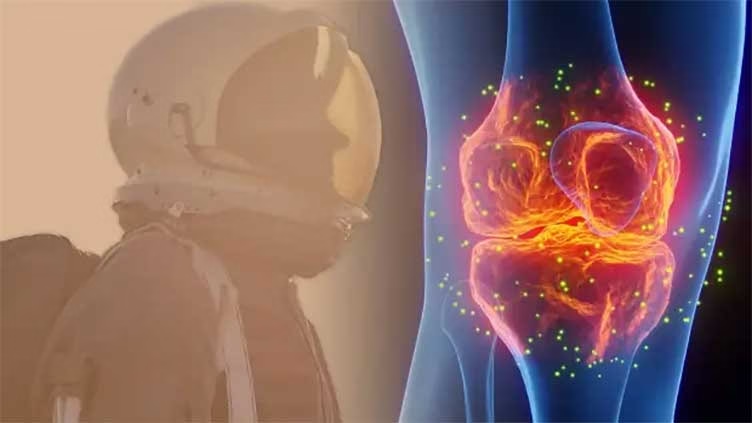A new study from Johns Hopkins University suggests that jumping exercises, such as skipping, could help astronauts protect their knee cartilage during extended space missions to the Moon and Mars—and might also benefit people on Earth.
Astronauts aboard the International Space Station (ISS) already follow rigorous two-hour daily workouts using weights, treadmills, and cycling to counteract the effects of microgravity. However, researchers now believe that jump training could be an even more effective way to prevent cartilage damage, which is a major concern for long-duration space travel.
Study Findings: Jumping Helps Cartilage Regenerate
By studying mice, scientists discovered that those engaged in jumping exercises developed thicker, healthier cartilage, which is crucial for pain-free movement. Since cartilage regenerates slowly, prolonged inactivity—whether in space or during bed rest—can increase joint damage and lead to osteoarthritis.
Lead researcher Marco Chiaberge emphasized the importance of these findings:
🗣️ “Maybe astronauts could use similar training before their flight as a preventive measure.”
Why Strong Joints Matter in Space
Astronauts need to stay physically fit to perform critical tasks, such as:
🚀 Building bases on the Moon and Mars
🛰️ Conducting spacewalks for repairs and research
🔭 Assembling large telescopes in space
Former NASA Human Research Program Chief Scientist Mark Shelhamer explained:
🗣️ “Leg strength is particularly important and most highly impacted by microgravity.”
Jumping for Stronger Joints—Even on Earth
The research suggests that jump training could be a simple and effective way for both astronauts and regular individuals to strengthen their joints and prevent knee problems.
Whether you’re planning a trip to Mars or just looking for a joint-friendly workout at home, jumping exercises like skipping could be the key to stronger, healthier knees. 🚀🦵



